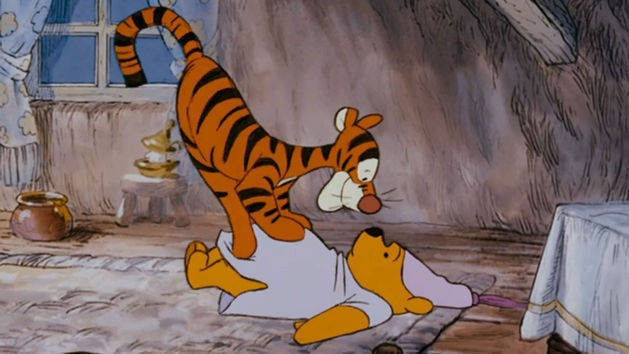Proposal
- Liz Jenkin

- May 20, 2022
- 3 min read
Updated: Jun 2, 2022

This has been an interesting year for me: I have been diagnosed with ADHD and I realised that I had barely any idea what that actually meant. Despite years of working with young people with ADHD, even when I saw the parallels between us, I didn't recognise it in myself. I had an idea of what it was - the same idea that most people have - but that was only a small, blurred reflection of the actual picture. Most people think of characters like Bart Simpson, someone who is failing at school because of his hyperactivity and reckless behaviour, or Tigger, who means well but his literal bounciness is just "too much" for those around him.

This doesn't accurately describe ADHD, merely one small facet of it, and most ADHDers are left labelled as "problem children" while not receiving support for the myriad of other ADHD traits that go unrecognised. We feel like failures, like we are inherently broken, because our difficulties with inattention, memory, hyperactivity, and impulsivity are seen as bad choices or moral failings. The stigma surrounding ADHD is rooted in society's poor understanding of what it is, but ADHD is not all bad - alongside our struggles, it brings us unique strengths. Most importantly, we are still normal, everyday people. Through my photography, I aim to illustrate what it is actually like to live with ADHD - the good and the bad - in an attempt to broaden people's understanding and appreciation of our differences. I hope that, one day, people like me will feel accepted and valued for being exactly who they are.

In order to accurately represent the ADHD experience, I will not only include my own perspective but also those of other ADHDers as they will be able to provide a valuable insight into the wide range of ways ADHD can present. It is vital to approach this topic respectfully, avoiding misconceptions and sensitively handling people's views and experiences. It is also important for me to provide a balanced insight with both positive and negative ideas. I will carefully design images around the experiences shared, so as to avoid perpetuating stereotypes and glamorising disabilities.
The photographs will be displayed in an exhibition with my classmates' projects. As this is still in the planning stage, the amount of available space for each body of work is yet to be determined. This will impact my decision on the size and quantity of images I display, but I would like to include a minimum of six prints to illustrate three positive and three negative aspects of ADHD. Depending on the space and number of images I will display, my prints will be between 8x10" and 16x20". Smaller photos may lose their impact, and larger ones will be difficult to work with in the darkroom.

In previous projects I have enjoyed darkroom processes and creative manipulation of images, and I would like to further my work in this area within the context of ADHD representation. Some of the ideas I already have in mind from my own experiences centre around the creativity and unconventionality I have as a result of my ADHD; using analogue processes to create tactile images with character and imperfections reflects these traits. I would like to experiment with burning my prints, incorporating vibrant colours to contrast with the monochrome images, and adding paint or ink, in addition to in-camera techniques such as long exposure to create blur. I am aware that film photography isn't my strength, though I love working in the darkroom, so I will shoot both analogue and digital and convert any digital images for use in the darkroom to ensure I get the best results.
Being able to craft the images and see them come alive in my hands will mean that, while illustrating a range of ADHD experiences, I am able to retain a personal connection with this body of work. My project gains a level of authenticity in its endeavour to represent ADHD - as everything I do is shaped by my ADHD, the concept and resulting images will be created through a neurodivergent lens.



Comments